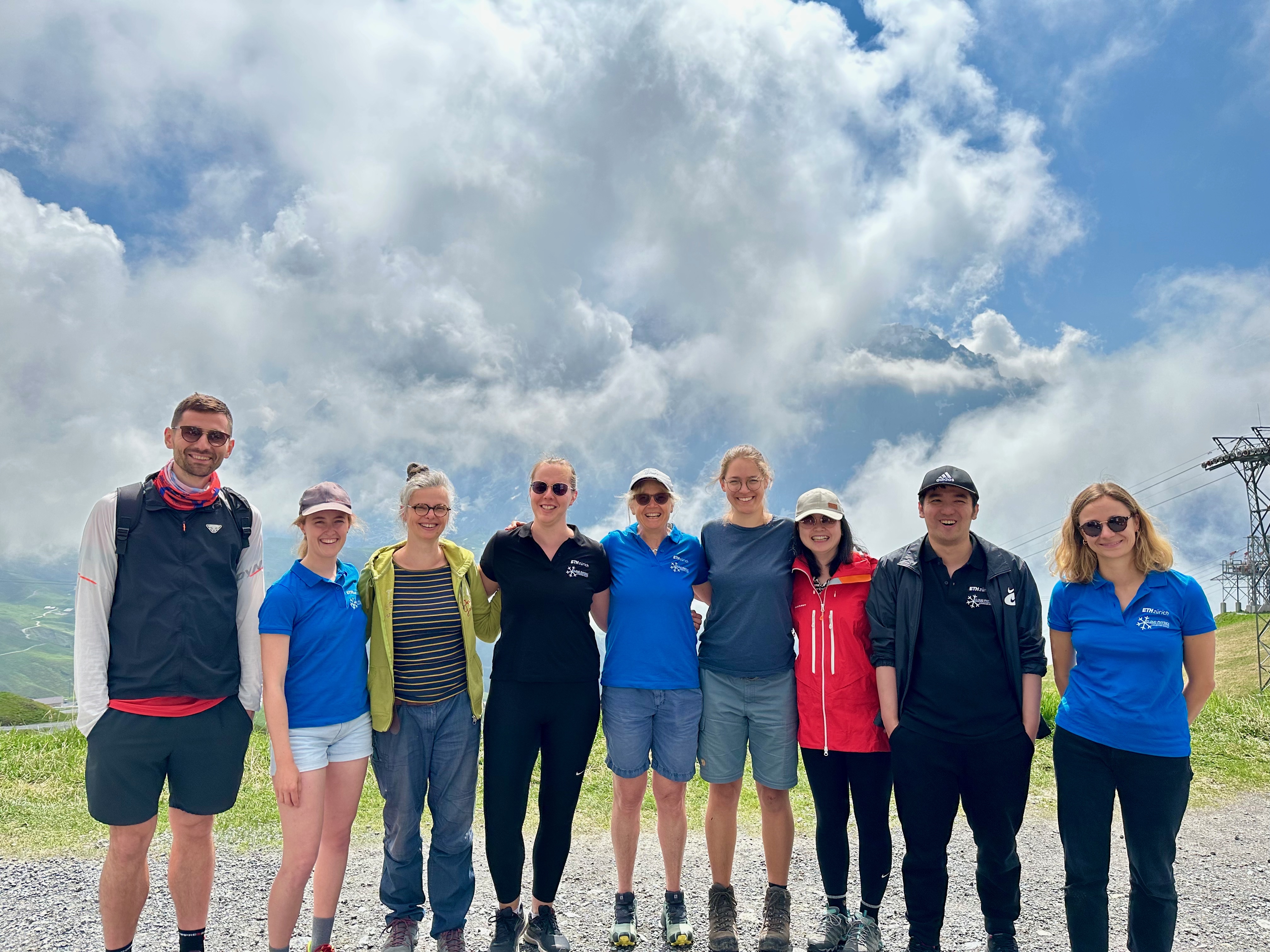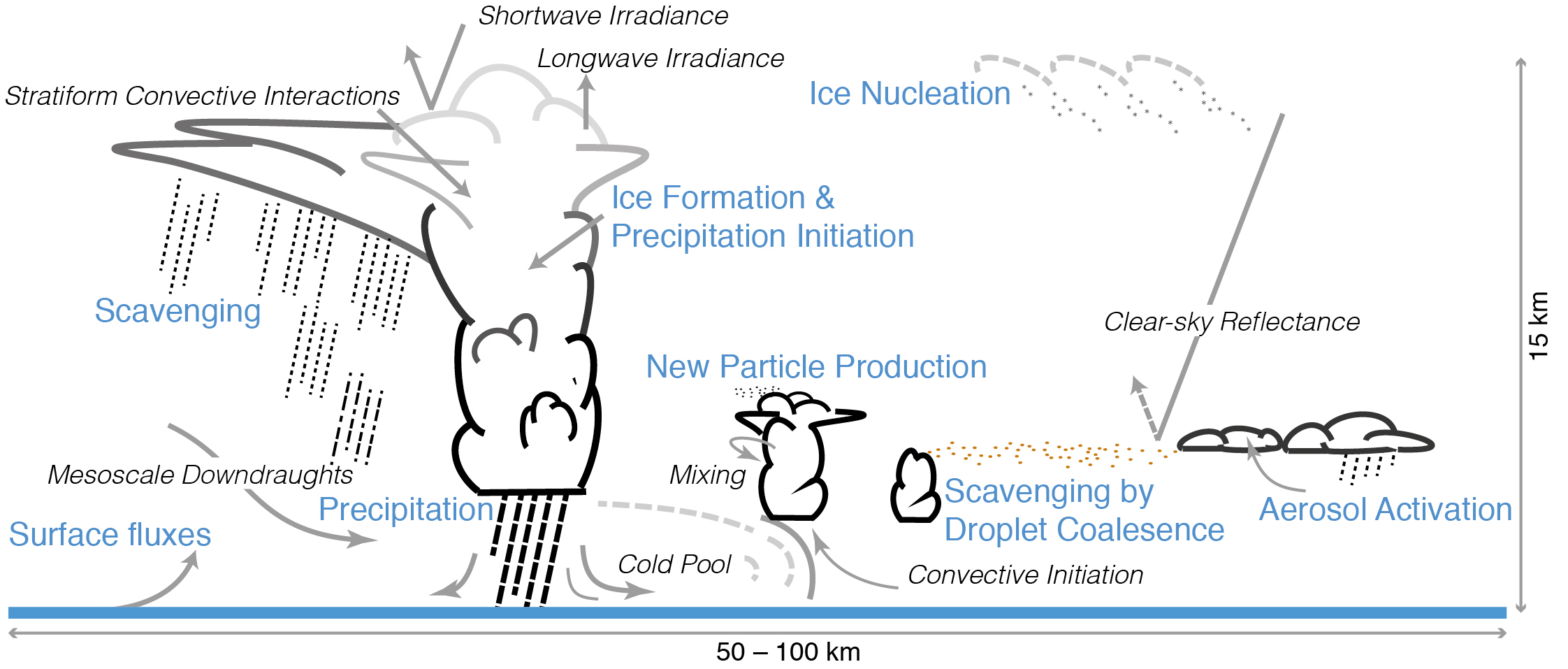Modelling

For more information about our members, please visit our member page
Regional and Global climate modelling
The modelling group focusses on modelling aerosol, clouds and aerosol-cloud interactions, their feedbacks and impact on climate using regional and global climate models. Aerosol-cloud interactions comprise the largest uncertainty of the anthropogenic radiative forcing since pre-industrial times and cloud feedbacks comprise the largest uncertainty of climate feedbacks in response to warming by greenhouse gases (external pageIPCC, 2021call_made). To improve estimates of aerosol-cloud interactions and feedbacks we continuously develop and improve the models that we use.
The overall goal is to better understand the impact of clouds, cloud feedbacks and of the radiative forcing due to aerosol-cloud interactions in past, present and future climates and to obtain more reliable estimates of it.
Aerosol, clouds and Aerosol-Cloud Interactions (ACI)
From all components of the climate system, clouds have the largest impact on solar and terrestrial radiation. But the complexity of clouds makes their good representation of clouds in regional and global climate models challenging. This is why we continuously develop and improve the models that we use.
Aerosol particles of natural or anthropogenic origin have an impact on climate and air quality. The regional and global climate models we use are able to represent these effects of aerosol particles as well as their interactions with clouds.
Aerosols and clouds interact in various ways. The magnitude and even the sign of the climate impact of some of these interactions are uncertain. The principal way aerosols interact with clouds is by activation of some aerosol particles (cloud condensation nuclei, CCN) to cloud droplets, the freezing of cloud droplets initiated by a few aerosol particles (ice nucleating particles, INP) or the wet removal of aerosol particles by uptake/collisions with cloud droplets, ice crystals, rain drops or snow crystals. Various mechanisms are known how clouds can respond to increases in CCN or INP but it is uncertain how strong these responses are. The sum of the responses is likely to cause a cooling, which counteracts warming by greenhouse gases. We study individual cloud responses to reduce the uncertainty in ACI.

Tropical cyclones
Tropical Cyclones belong to the most extraordinary events in nature. Large-scale dynamics can greatly influence the activity in the North Atlantic basin, with Rossby wave breaking being hypothesized to have greatly reduced activity in 2013. With recent developments in supercomputing, high resolution simulations can properly resolve trpical cyclones, providing insights into their response to these events.
Models developed/used in our group:
- COSMO: regional climate model; high resolution large eddy simulations (LES) mode or coupled with ART-M7 for aerosol chemistry and microphysics and aerosol-cloud interactions
- ECHAM-HAM: global aerosol climate model; aerosol microphysics package HAM with additional parameterizations for aerosol-cloud interactions; model development focusses on the representation of clouds and aerosol-cloud interactions
- ICON: global climate model; uses a non-hydrostatic dynamical core and can be used with parameterizations originating from COSMO or from ECHAM
- MPI-ESM-HAM: Earth system model; based on ECHAM-HAM; couples atmosphere, ocean (including sea ice and ocean biogeochemistry) and land surface (including terrestrial biosphere)
